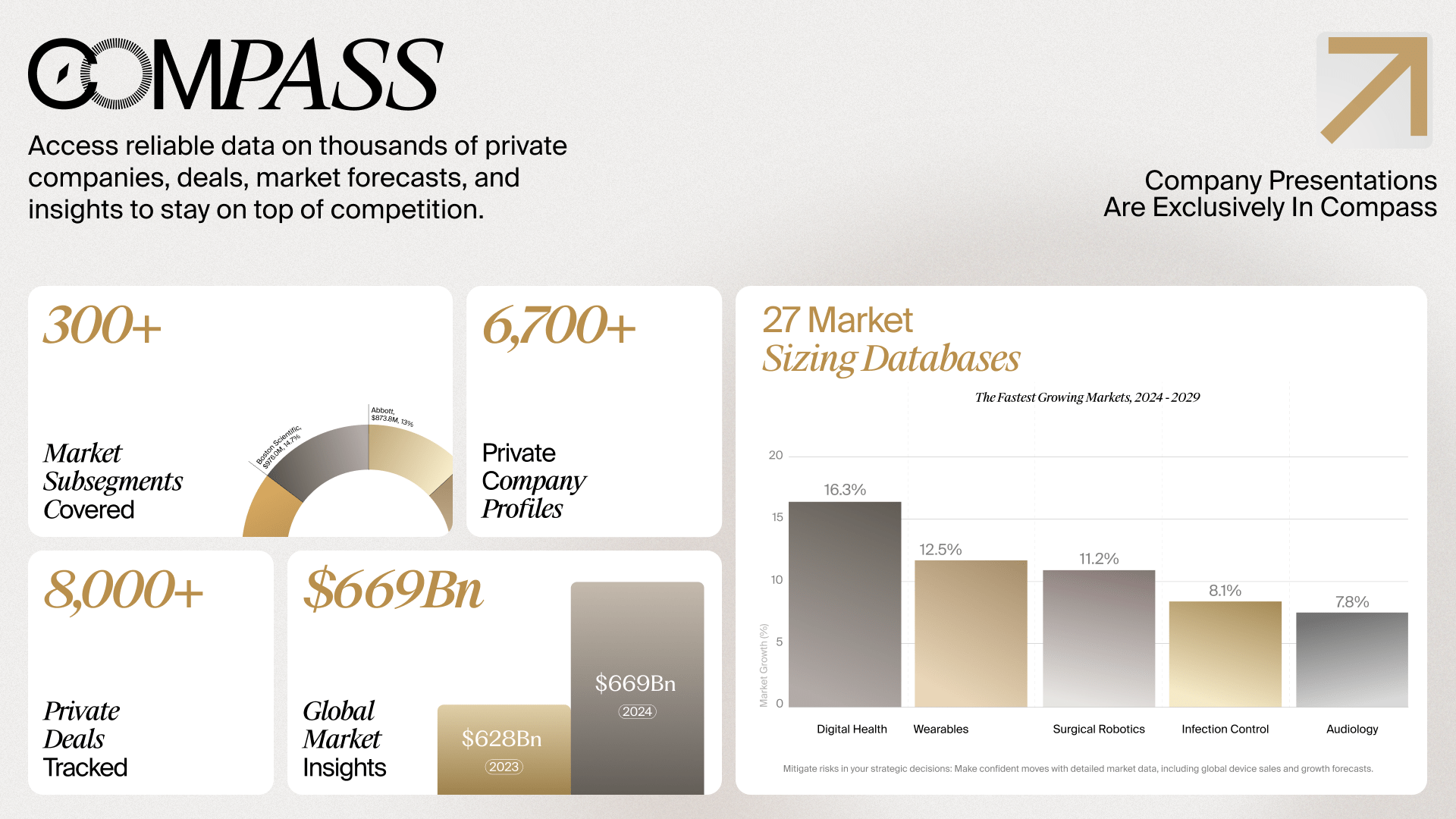- Video Library
- UpLyft | Craig Misrach, President & CEO
UpLyft | Craig Misrach, President & CEO

Craig Misrach
Craig Misrach is a 20+ year business executive with escalating levels of C-level experience throughout his career. From 2006-2014, Craig was the Founder, Chairman & CEO of Freedom Meditech, Inc. a diabetes medical device company he led from concept through FDA 510(k) clearance and global commercialization. Freedom Meditech completed a cross border M&A sale in November 2016 to Sinocare, LTD after Craig had helped secure ~$15M in Series A-C Financings for the company. From 2004-2006, Craig was the President & COO of EyeChem, a start-up ophthalmic diabetes medical device company he led while obtaining his full-time MBA from the Darden School of Business at the University of Virginia. Prior to EyeChem, Craig was the Controller for Silvergate Bank where he was responsible for $500M in assets and primary financial reporting responsibility to executive management. Craig is an active CPA in the State of California and started his career at Deloitte & Touche, where he audited various middle market businesses and assisted in the preparation of S-1, 10K, and 10Q filings for public companies.
Craig Misrach
Craig Misrach is a 20+ year business executive with escalating levels of C-level experience throughout his career. From 2006-2014, Craig was the Founder, Chairman & CEO of Freedom Meditech, Inc. a diabetes medical device company he led from concept through FDA 510(k) clearance and global commercialization. Freedom Meditech completed a cross border M&A sale in November 2016 to Sinocare, LTD after Craig had helped secure ~$15M in Series A-C Financings for the company. From 2004-2006, Craig was the President & COO of EyeChem, a start-up ophthalmic diabetes medical device company he led while obtaining his full-time MBA from the Darden School of Business at the University of Virginia. Prior to EyeChem, Craig was the Controller for Silvergate Bank where he was responsible for $500M in assets and primary financial reporting responsibility to executive management. Craig is an active CPA in the State of California and started his career at Deloitte & Touche, where he audited various middle market businesses and assisted in the preparation of S-1, 10K, and 10Q filings for public companies.

17011 Beach Blvd, Suite 500 Huntington Beach, CA 92647
714-847-3540© 2025 Life Science Intelligence, Inc., All Rights Reserved. | Privacy Policy







